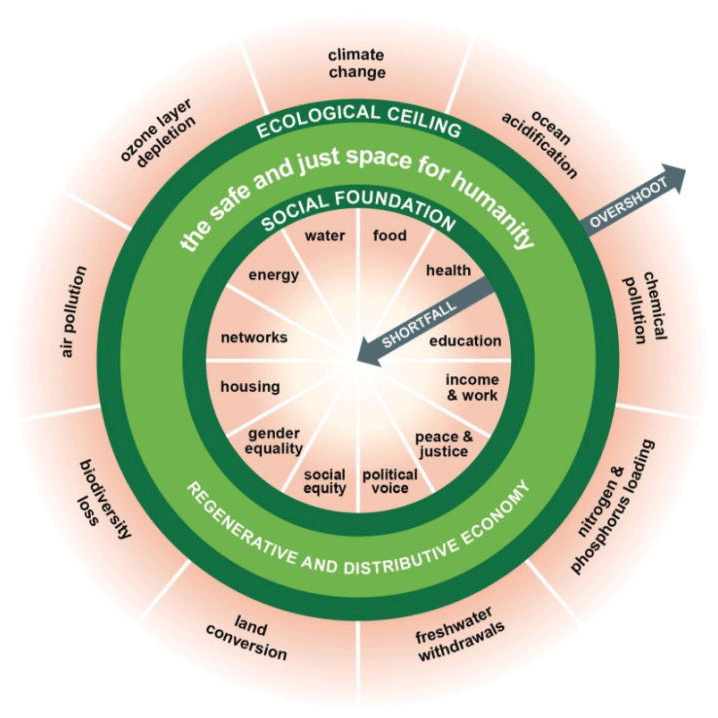Last week, blogger and cultural critic Adrian Ivakhiv responded to my post on ‘Holocenoscopy’ with a post on his own Immanence blog which takes my own thoughts on the “Anthropocene” a few steps further. Since then most of my prime reading time has gone into his new book Shadowing the Anthropocene, which i bought and downloaded (PDF) from punctum books. It offers some fascinating insights, both theoretical and practical, on how we can live through these trying times. Also, being a lover of cinema, I’m delving into his earlier book Ecologies of the Moving Image.
Besides thought-provoking movies and the “AnthropoScene,”Adrian and I have several interests in common, including Peircean and process-oriented philosophy and an ecological perspective on things. His work strikes me as complementary to mine in that he is much more broadly acquainted with recent theorizing in the “social sciences” and “humanities” than I am, while my sources in Turning Signs incline more toward the “natural sciences” of biology, psychology, neuroscience etc. I don’t know how he will feel about my characterization of him above as a “cultural critic,” but it seems clear that we are both boundary-crossers in terms of the traditional disciplines, although (unlike me) he’s employed as an academic (University of Vermont). Anyway i find his work very refreshing and i’ll be exploring it for some time to come. I would recommend that readers of Turning Signs take a close look at his blog, at least.
